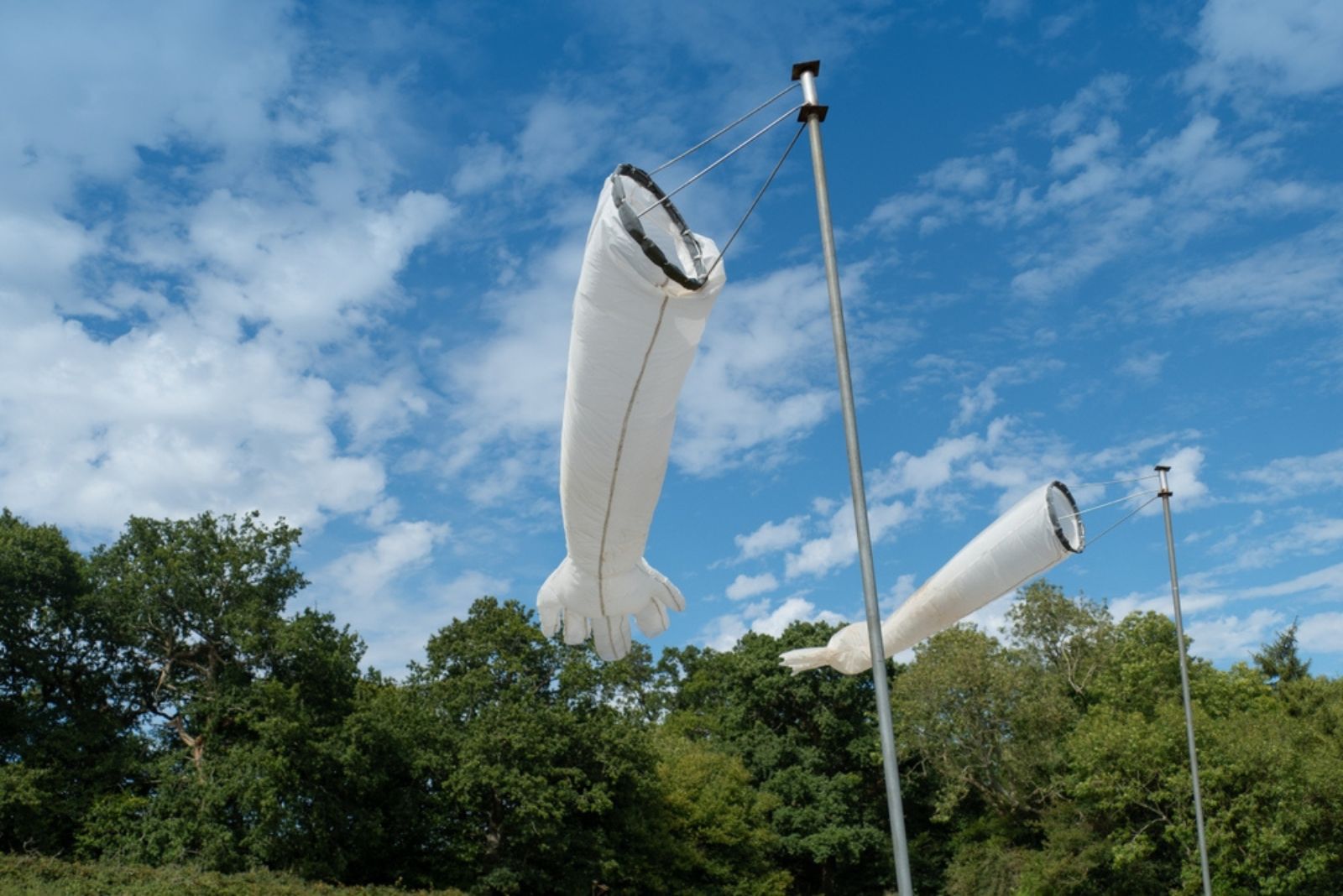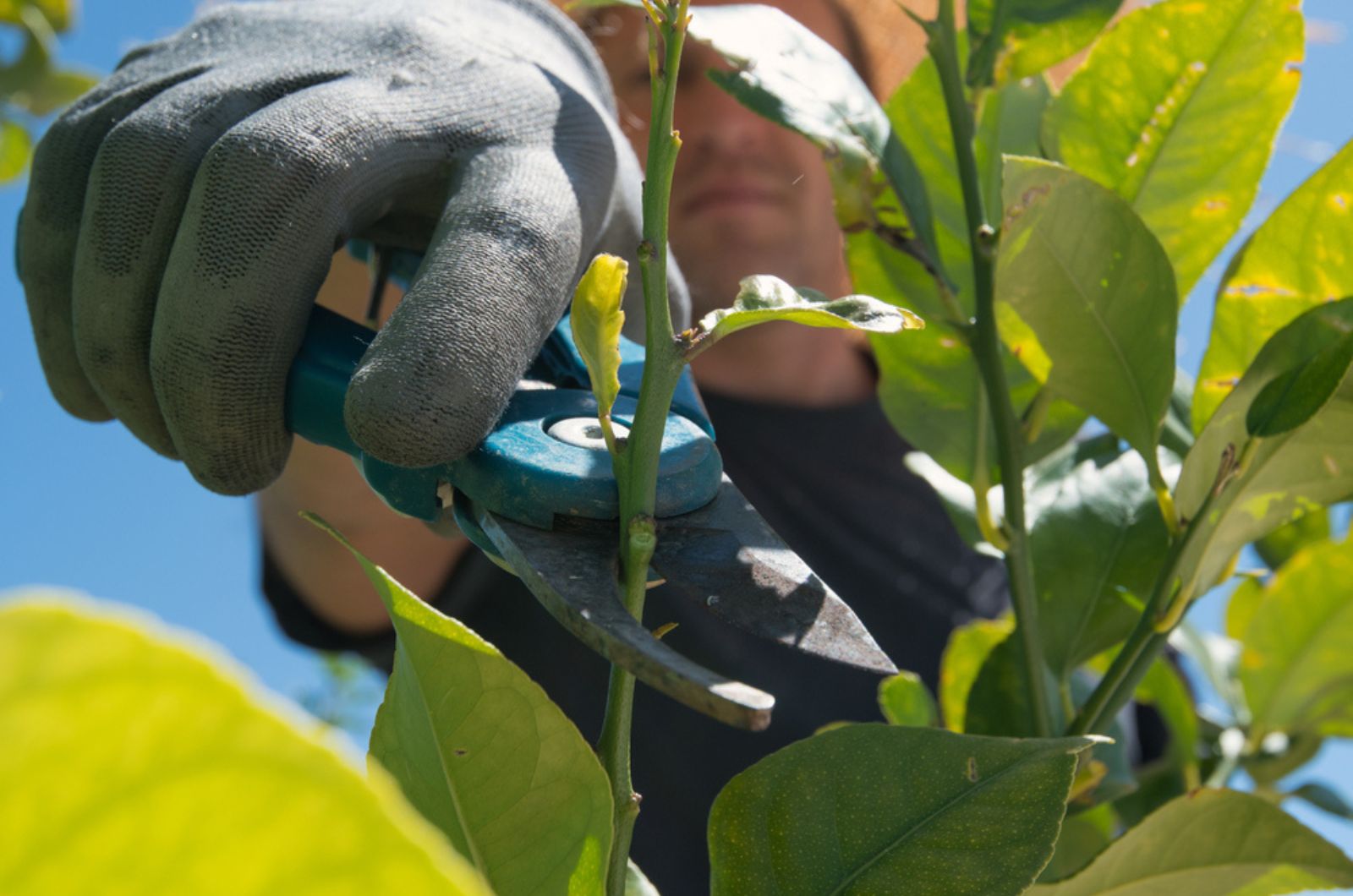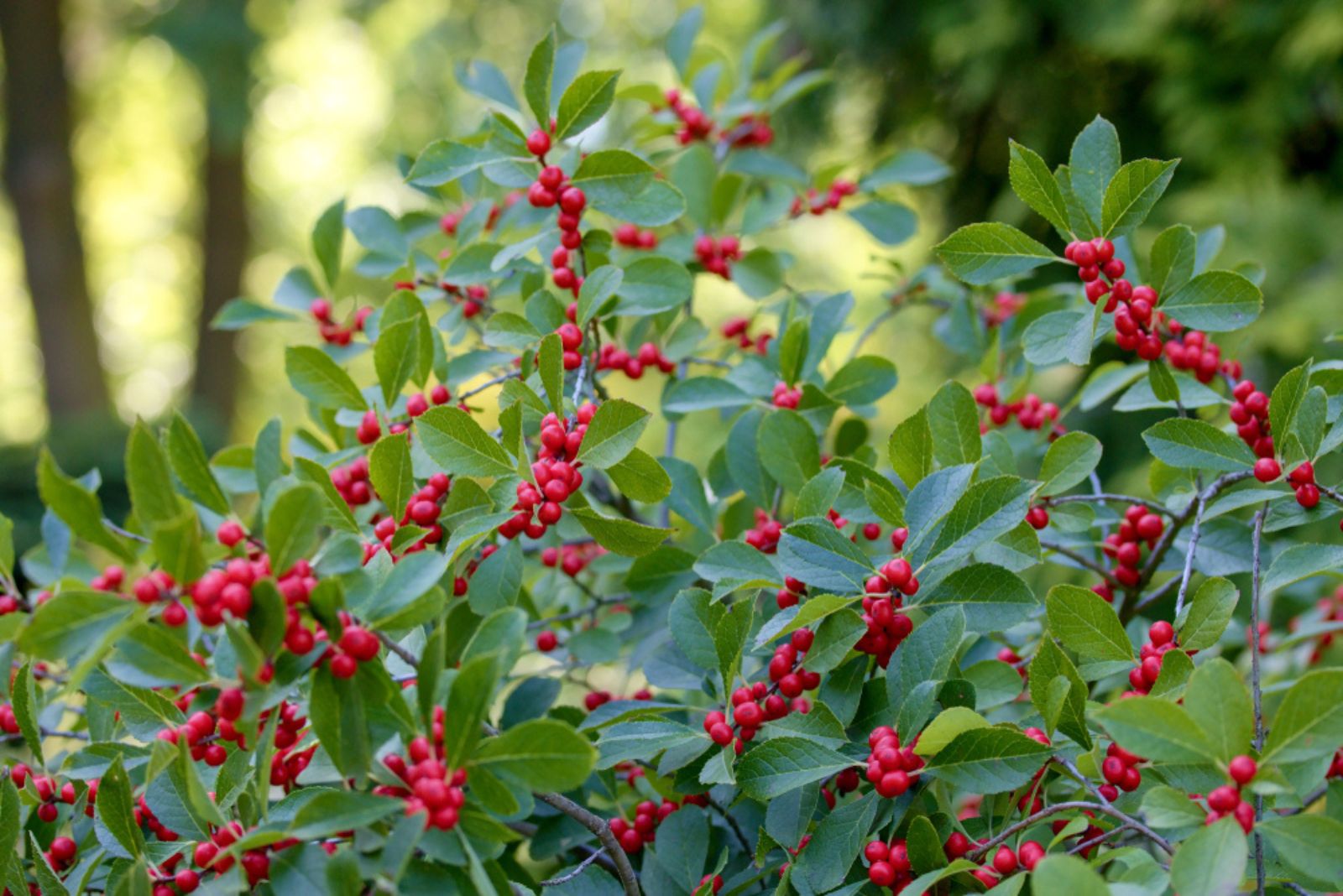Now that we’ve all felt the cold of the upcoming season, it is time to start worrying about our green buddies.
Most of them need protection during this period, and it is our job to make that happen.
The good news is that you can achieve this without much trouble. Take some plants indoors, cover the rest, and mulch them with organic materials.
Of course, there are other ways to help your plants overwinter. Here are the most helpful ones.
Let’s get started!
#1 Move Them Indoors
There are many great ways of using a greenhouse in winter. One of them is keeping your green buddies safe from frost.
But don’t despair if you don’t have one in your backyard. You can always move your perennials inside your home, shed, or garage. It all depends on how much warmth they need to survive this cold and dreary season.
Potted plants and herbaceous perennials need winter protection. In general, they are more prone to frost damage. So, don’t forget to keep them safe during this season!
#2 Invest In Frost Covers
But what about in-ground plants? How do we protect them?
Well, it’s simple! Invest in heavy-duty frost covers, burlap, or canvas. Covering your plants with these is more than enough to get your plants through winter.
And if it’s not enough, you can always insulate them with straw or sawdust and then wrap them in covers.
Bonus tip: Place holiday lights before covering your plants to create a festive and warm environment.
#3 Watch Out For Wind Gusts
It’s not just the chill we should be wary of during fall and winter; it’s the wind, too.
Strong gusts can damage your in-ground plants, trees, and shrubs. You can protect them by moving them to your patio or indoors.
And if you have many bedded plants, consider building a windbreak.
#4 Mulch, Mulch, Mulch
Using too much mulch is a terrible idea. But apply just enough, and you get a foolproof way of protecting your plants from the cold.
It will insulate the soil and keep your plants’ roots warm and safe from freezing.
A good rule of thumb is to lay 2-4 inches of organic mulch before the ground cools down. And as the weather warms up in spring, remember to remove it.
#5 Maximize Sun Exposure
Plants have already noticed daylight decreasing. During this time, it is important to give them as much sunlight as possible.
It will keep them warm and allow them to photosynthesize. This way, your plants can produce the food and energy they need before winter.
That’s why you should keep them in a sheltered area with as much sun exposure as possible. If you can’t do this, consider getting some artificial lights.
#6 Don’t Stop Watering
Watering is an excellent way to protect your plants from frost. And I know what you think: won’t the water in the ground freeze over?
Well, no! In fact, if you irrigate your plants before the soil freezes, you’ll keep their roots warmer. That’s because water cools down more slowly, helping your plants to transition into a cold environment. (1)
Bonus tip: Combining watering with covering will yield you a never-failing method of protecting your plants from frost.
#7 Stop Fertilizing
I’ve seen many tips on the internet suggesting that you fertilize your plants during fall and winter. And others claiming that this is a terrible idea and you should avoid it at all costs.
But the matter is more nuanced than this! It all depends on the type of plants you’re growing.
Feed your deciduous trees and shrubs after they drop their foliage. Give your evergreens a balanced feed in mid-fall when there’s not enough warmth for them to push out new growth.
Avoid feeding roses. Fertilize your perennials in early fall with a diluted plant food.
Of course, there are more tips for fall feeding. Discover some really helpful ones in the following video:
#8 Practice Pest Control
Unfortunately, many pests overwinter in your plants’ dying foliage or soil. Or, they continue to thrive in winter (aphids, mites, and whiteflies in particular).
The key is to get rid of them as soon as you notice them. Remove them by hand, spray them with water, or apply organic (or synthetic) pesticides.
#9 Prune Away
You can prune your roses in November to prevent diseases. But these are not the only flowers you can cut back in fall and winter.
Coneflowers, shasta daisies, and bleeding hearts are all perennials that enjoy a good trim before winter.
Pruning helps you keep your garden organized and your plants happy. Remove dead, diseased, and damaged growth. This can help make them less susceptible to infections in winter.
Also, open up centers for shrubs and trees to introduce more airflow. Remember, more air circulation means less pests and diseases.
Finally, prune your plants when they enter dormancy. This will prevent them from producing tender new growth that winter frosts may decimate.
#10 Keep It Clean
Pruning dead and dying growth is a great way to keep your garden clean. But it’s not the only thing you should do!
Remove the fallen leaves from your lawn. They can remain moist for too long, harboring pests and diseases along the way.
Or you can shred them and use them as mulch, thinly spread around your garden.
#11 Try Frost-Resistant Plants
This last tip is more preventive than combative. But it can still help you during fall and winter frosts and winds.
It concerns planting frost-hardy plants, such as snowdrops, winter pansies, dogwoods, etc.
These are some great options that can tolerate the winter season and offer interest to your garden during these cold months.
References:
1. Mauntean, L. (2019). How To Prepare Your Plants For Cold Weather. Texas A&M Today.












